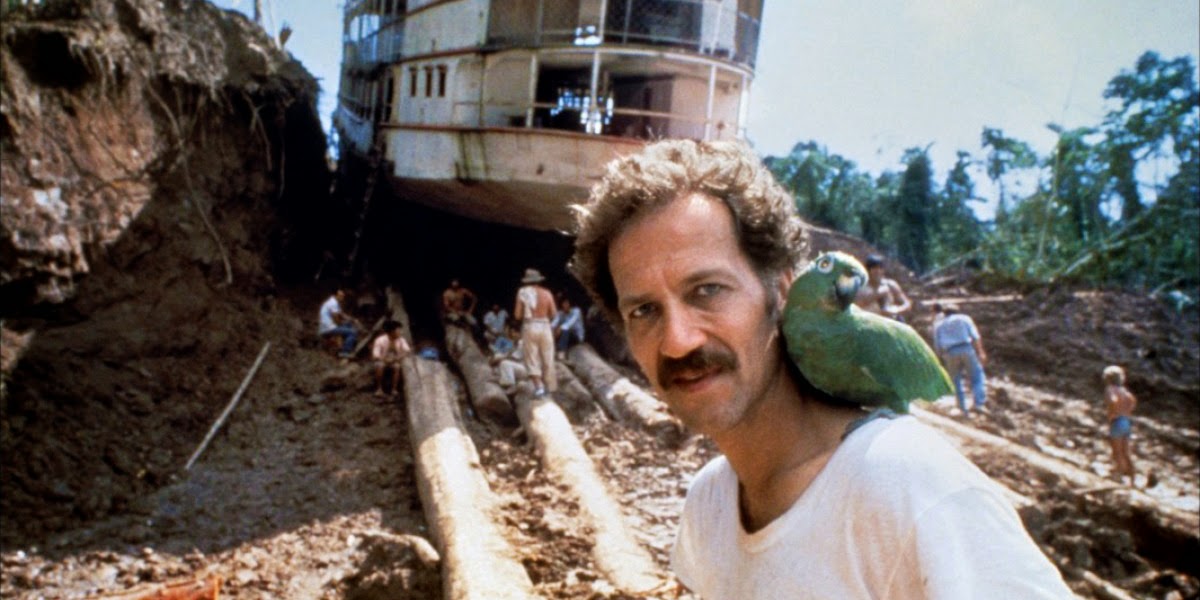
Throughout the history of Hollywood, big movie productions have always been a bit of a gamble for filmmakers. The immense spectacle and attention to detail that big budget films offer can captivate large audiences and lead to large profits, as well as tell a in depth story. Unfortunately the dangerous part of a big budget film is that, without proper organization, the operation can quickly become overblown.
As the film becomes more and more elaborate it becomes hard for the producers to manage every aspect of the film, possibly leading to many disasters such as injuries to the cast and crew, over spending and too much footage, most of which will never make it into the film.
For these reasons, big budget features have a bumpy and completely unpredictable track record. However, there are still cases when, even is the production goes awry, the greatness of the film is still salvageable and it goes down in history as a classic, even if the studio loses money in the process.
These films can either be star makers or career ruiners, depending on the outcome, and some films don’t even get finished if the production is so eventful. The following list showcases some of the worst examples of productions gone wrong in cinema history.
10. Blade Runner (Ridley Scott, 1982)
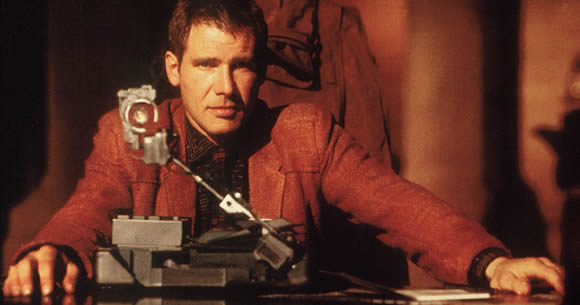
Based on Philip K. Dick’s novel Do Androids Dream of Electric Sheep?, RIdley Scott’s groundbreaking cyberpunk masterpiece was not always the classic it is thought of as today.
The film follows Harrison Ford as Rick Deckard, a “blade runner”, whose job it is to hunt down androids, known as “replicant,” who enter Earth illegally. He is assigned by his superiors to find and kill four such replicants in the city who are violent and dangerous. Not only is it difficult to find these replicants in the populous city, but he must also find them before they can find their creator and kill him.
Taking elements of the film noir genre and transporting them to a science fiction setting, the film is more slow paced than most science fiction films of the time but it also has a more complex and rewarding plot.
Chances are if you’ve seen Blade Runner in the last twenty years you have seen Scott’s director’s cut of the film, as the theatrical version is more convoluted, more studio and less acclaimed. The film’s origins begin long before Scott ever became attached and went through many rewrites and directors.
When Scott and Ford joined the project, there were even more problems as the two rarely saw eye to eye on anything, making a creative rift between director and actor. The 50 long shoot in the pouring rain didn’t help that relationship.
After filming, however, was when tensions went through the roof, with a studio-imposed voiceover for the entire film, comprised of badly written lines. The end result left Ford and Scott unhappy with the project and the watered down theatrical cut was met with a mild reception from critics and audiences, and the film’s reputation would not improve until years later.
9. Waterworld (Kevin Reynolds, 1995)
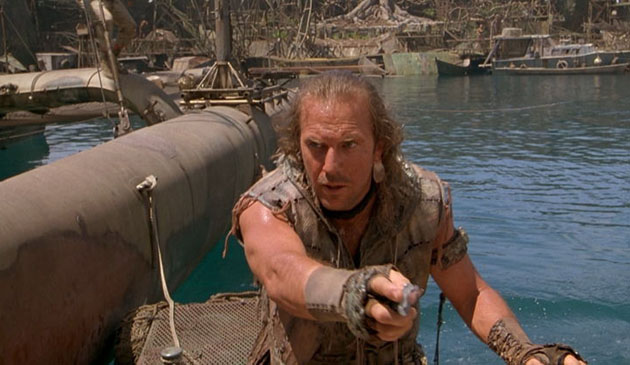
With an intriguing plot and starring Kevin Costner at the peak of his career, Waterworld was poised to be one of the greatest hits of its era. Due to the mishandling of the production, out of control budget and hammy acting, however, it will go down in history as one of the biggest flops.
The plot of the film follows Costner as The Mariner, a loner who floats the post-apocalyptic world of the film which has been entirely flooded with water.
Inspired by events of the hit sci-fi film The Road Warrior, Costner’s character mirrors the actions of Mel Gibson’s iconic hero Mad Max and must protect a group of survivors he finds from an evil group of naval bandits called the Smokers led by The Deacon, played by Dennis Hopper.
In many ways, Waterworld is not all that bad of a film, providing cool action scenes, a decent story and impressive production design. The complexity of the filming and the immense exhaustion that the cast and crew went through, however, stopped the film from becoming an action classic and the end result is sloppy at best.
Costner, although not the director, took over most aspects of the film’s production including continual editing of the script, much of the logistics and was even almost killed during one of the stunt scenes.
Because of the difficulties from filming completely in water, the production stretched on for over 150 days and ended up costing over $175 million, a record for the time.
8. Heaven’s Gate (Michael Cimino, 1980)
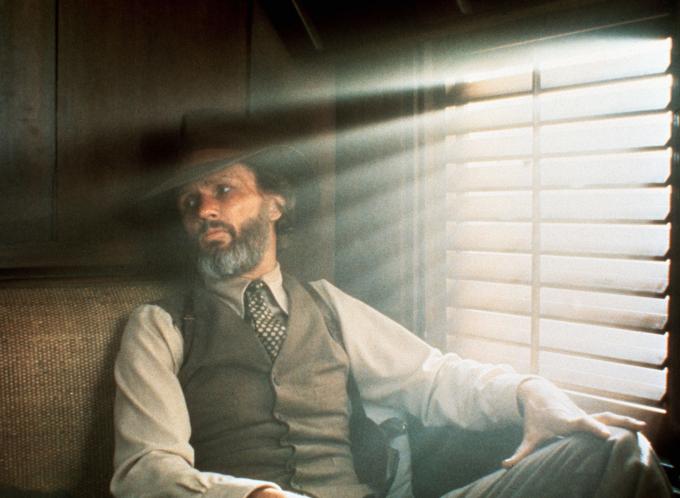
From the once acclaimed director Michael Cimino, who had won an Academy Award for his Vietnam war film The Deer Hunter, Heaven’s Gate is more ambitious film in terms of scope and size.
Unfortunately it did not pan out as well as his previous hit.The plot itself features Kris Kristofferson, Christopher Walken and John Hurt as educated men who move West and clash with the cattle barons of the area.
Because some of the poorer settlers are stealing the cattle from rich men like Frank Canton, played by Sam Waterston, the cattlemen are striking back with a campaign to kill hundreds of settlers, most of whom are innocent. The film then sets off on an epic tale, following the protagonists through bloody conflict, romance and friendship.
With the director’s cut running almost 5 and a half hours, the production costing over 40 million dollars and filming running months overdue, the film was a nightmare for its company “United Artists.” There was terrible organization for the shoot and at many times, dozens of workers would sit around getting paid to do nothing.
When they finally released a heavily edited version of the film to theaters, the film only managed to gross 3.5 million. Partially due to the bad cut of the film, critical reception for the film initially was horrible, being denounced by all the major reviewers and even winning Cimino the Razzie Award for Worst Director.
After all the dust had settled, United Artists went bankrupt, Cimino’s career would never recover and production companies would forever rethink the freedom they gave directors.
7. The Man Who Killed Don Quixote (Terry Gilliam, 1998 – present)
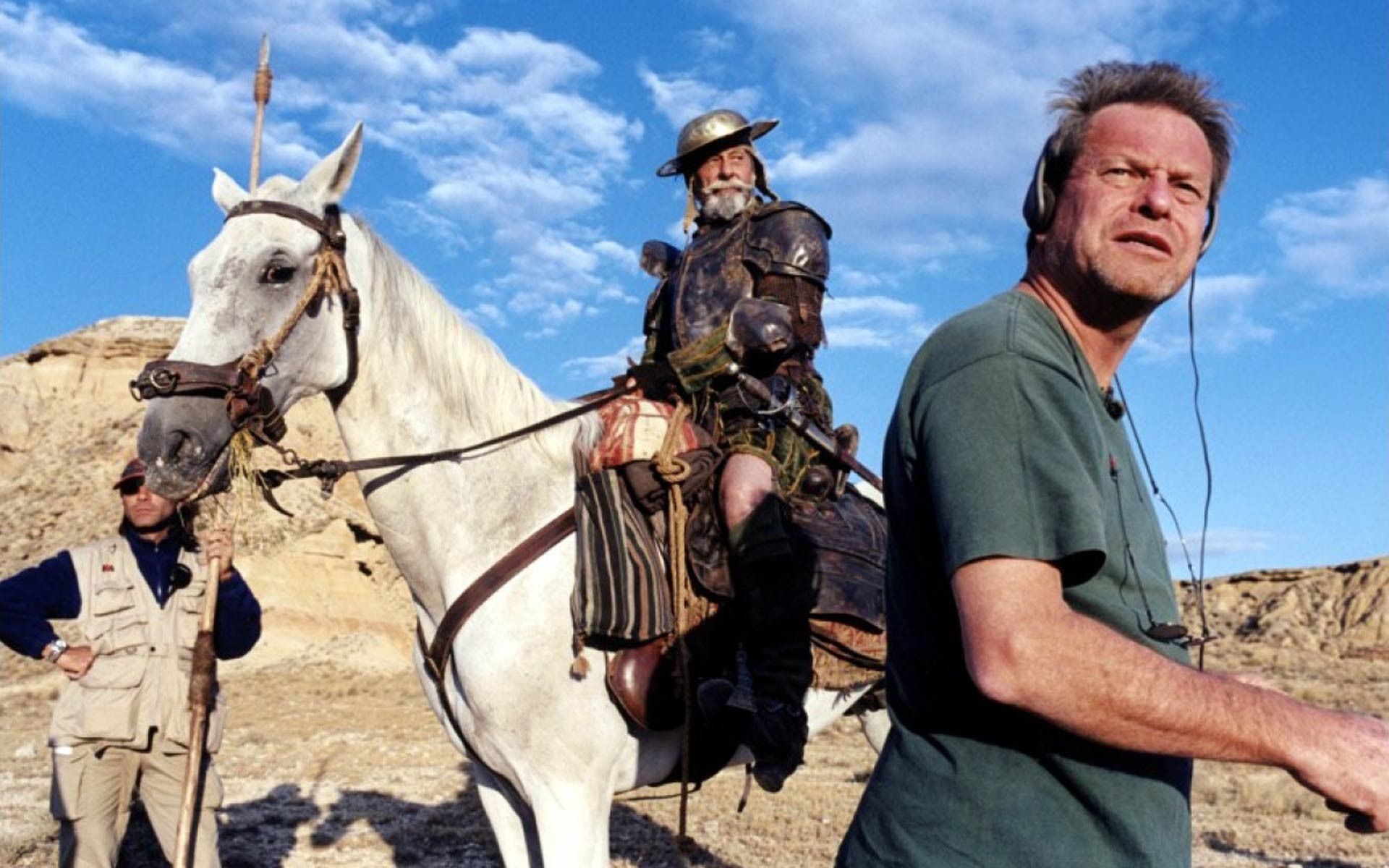
The only unfinished film on this list, this adaptation of the timeless novel from visionary director Terry Gilliam has been challenging from the very start. Over the course of two decades of attempting to make this film, Gilliam’s script has changed considerably.
Never a straight adaptation of Cervantes’s story, the plot follows an original character, Toby, and interweaves him into the classic adventures of the man of La Mancha.
Originally, Toby travelled through time and replaced Sancho Panza as Don Quixote’s sidekick. In a newer plan, the story would follow Toby as he wanders in modern day Spain and gets caught up in many similar situations as the knight.
With the amount of problems Gilliam encountered while trying to make this film, it’s incredible that he has never given up. Over the course of productions, some unfortunate events include numerous cast turnovers, pulling out of investors and insurance company disputes. Problems with the actual filming of the movie were just as troublesome.
For example, the plains they were using as a location was close to a military facility and the jet noises made the audio unusable. When it rained, the entire colour of the landscaped changed, causing continuity issues.
The project has been so disastrous that, like a couple other films further down the list, the process was even the subject of a documentary film: Lost in La Mancha. Still, Gilliam fully intends to keep attempting the film due to the his close connection with the story and the influence it has had on his work.
6. Cleopatra (Joseph L. Mankiewicz, 1963)
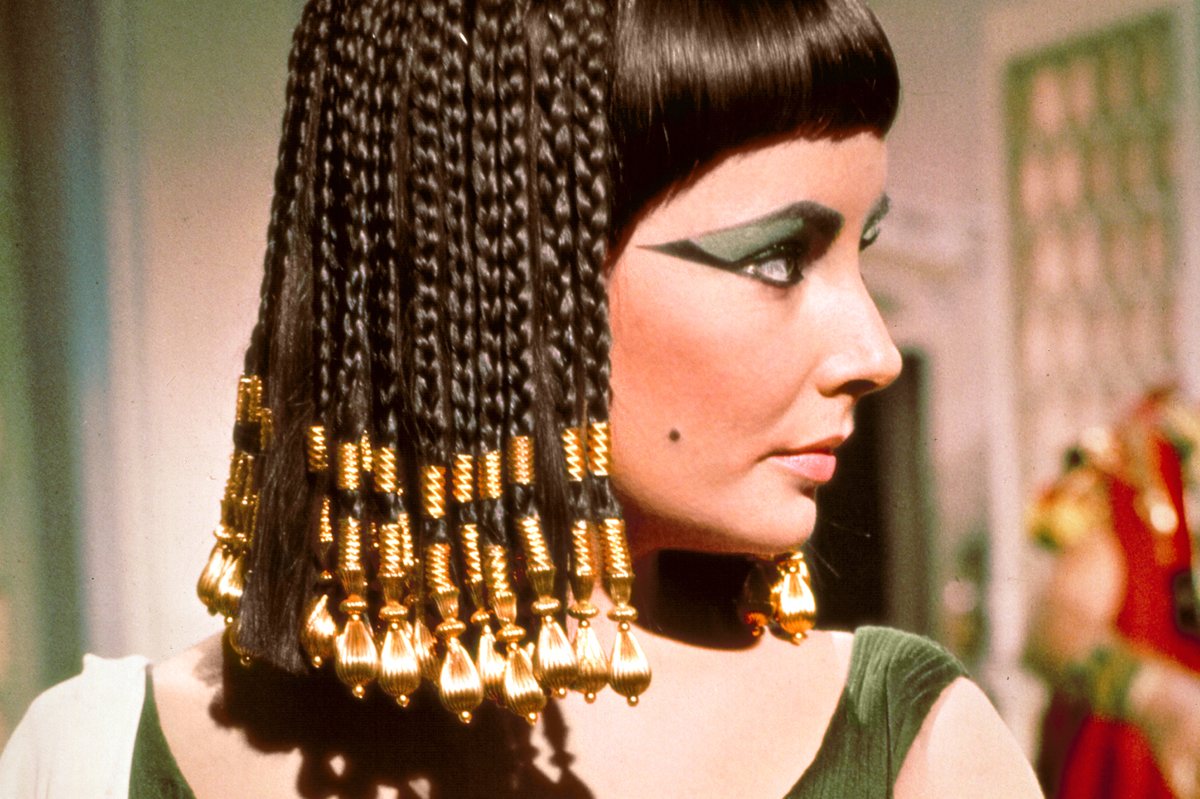
This massive historical epic, packed with stars and sprawling scenes has become one of the most iconic of its genre, only matched in scope by a few other behemoth ventures throughout cinema history. Elizabeth Taylor stars as the titular queen of egypt, portraying the iconic figure in her various stages of life.
From her beginning relationship with Julius Caesar, the film traces her quest for power, as she moves, after Caesar’s death, to his possible successor, Marc Antony. Their troubled romance and partnership are analyzed as their dream of controlling crumbles and Antony’s troops continually lose to his rival Augustus. Amid the vast spectacle of the events, their tragic collapse is emotionally captured.
For how bloated this film’s production became, it is still quite a powerful film and its ambition certainly showed through. Although it won several Oscars and was a hit, many who made the film probably did not think it was worth the trouble. For starters, there were several directors in the driver’s seat before Mankiewicz stepped in, and by the time he did the project was already had cost $5 million without any footage to show for it.
Throughout the production, the script was under constant revision and at one point the entire shoot had to be relocated to a different country, with millions of dollars in sets left standing, only to be recreated elsewhere. Despite almost bankrupting 20th Century Fox, Cleopatra is a major achievement in art direction and the definitive example of the now dead genre of extravagant epics.